Navigating Vehicle Crash Repair: Dealership vs. Independent Shops
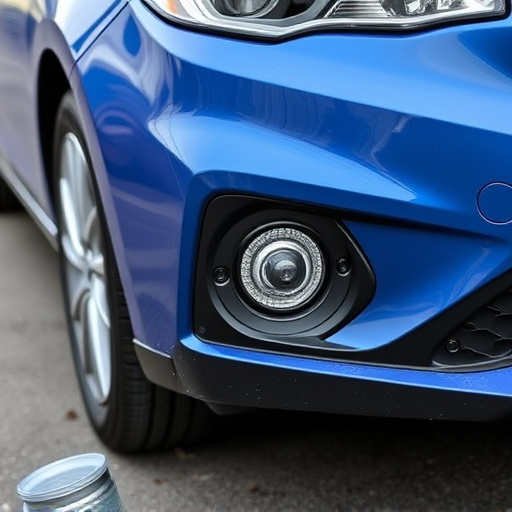
Choosing between dealerships and independent auto repair shops for vehicle crash repair balances con…….
In an era where road safety is a paramount concern, vehicle crash repair stands as a critical component in mitigating the aftermath of accidents. This intricate process involves the meticulous restoration and rehabilitation of vehicles damaged in collisions, playing a pivotal role in ensuring both passenger safety and the environmental integrity of our transportation systems. As we delve into this comprehensive guide, readers will gain invaluable insights into the multifaceted world of vehicle crash repair—its processes, global impact, economic significance, technological innovations, regulatory framework, challenges, and future prospects.
Definition: Vehicle crash repair, also known as automotive accident restoration or collision repair, is a specialized field focusing on the rehabilitation of motor vehicles after an accident or collision. This process involves repairing or replacing damaged parts, restoring structural integrity, and ensuring the vehicle meets safety standards for roadworthiness.
Core Components:
Historical Context:
The evolution of vehicle crash repair has paralleled advancements in automotive technology and safety standards. From early days when repairs were predominantly manual and ad hoc, the industry has grown into a highly specialized, technologically driven field. The introduction of computer-aided design (CAD) systems, advanced welding techniques, and robotic automation has revolutionized repair processes, enabling faster, more accurate, and safer restoration.
Vehicle crash repair is a global industry with profound implications for road safety, environmental sustainability, and economic growth. Here’s a snapshot of its international influence:
The economic landscape of vehicle crash repair is complex, intertwining various sectors and influencing broader economic systems:
Technological innovations have been a driving force behind the transformation of vehicle crash repair:
The regulatory landscape surrounding vehicle crash repair is intricate, with various bodies setting standards to ensure safety, environmental protection, and consumer rights:
Despite its advancements, the vehicle crash repair industry faces several challenges and criticisms:
Japan stands out as a leader in vehicle crash repair, thanks to its robust automotive industry and stringent safety standards. The country’s repair shops employ advanced robotic systems and precise CAD technology, minimizing repair times and maximizing quality. For instance, the Toyota Motor Corporation has integrated state-of-the-art repair facilities into its production lines, ensuring that damaged vehicles are repaired swiftly and accurately, maintaining their overall performance and value.
Germany’s automotive sector is renowned for its precision engineering, and this extends to vehicle crash repair. The country’s repair shops are known for their meticulous attention to detail, utilizing advanced CAD/CAM systems and precision measurement tools. This approach ensures that vehicles are restored to their pre-accident condition, preserving their structural integrity and safety features. The German Association of Vehicle Repair (GAVR) plays a pivotal role in setting industry standards and promoting best practices.
In the US, insurance companies have established their own repair centers to streamline accident repairs and reduce costs. These facilities often employ cost-efficient methods, such as using recycled parts and standardized repair procedures. While this model can provide affordable repairs, critics argue that it may lead to corners being cut, impacting vehicle safety and environmental considerations. Striking a balance between cost savings and quality is an ongoing challenge in this sector.
The future of vehicle crash repair holds exciting possibilities, driven by technological advancements and evolving market dynamics:
Vehicle crash repair is a vital component of modern mobility, playing a critical role in ensuring the safety of drivers, passengers, and pedestrians. As we’ve explored, this industry is characterized by technological advancements, global trends, economic considerations, and regulatory frameworks that shape its development. Despite challenges, the future prospects for vehicle crash repair are promising, with innovations poised to revolutionize the way we restore damaged vehicles.
By embracing new technologies, adopting sustainable practices, and addressing critical issues like labor shortages, the industry can continue to provide high-quality repairs while contributing to safer roads and a greener environment. As the world navigates the evolving landscape of transportation, vehicle crash repair stands as a cornerstone, ensuring that our journeys remain secure and resilient.
Q: How do I know if my vehicle needs professional crash repair?
A: If your vehicle has sustained significant damage in an accident, including structural deformation, compromised safety features, or multiple damaged components, it’s best to consult a professional repair shop. They will conduct a thorough inspection and provide a detailed estimate for the necessary repairs.
Q: Are recycled parts as good as new ones?
A: High-quality recycled parts can be an excellent alternative to new ones, often at a lower cost. Reputable repair shops inspect and test recycled parts to ensure they meet safety standards and perform optimally. However, for critical components, original equipment manufacturer (OEM) parts are recommended for optimal performance and reliability.
Q: Can I negotiate the cost of repairs with my insurance company?
A: Yes, you can discuss the estimated repair costs with your insurance provider and explore options for negotiation. They may have preferred repair facilities or offer discounts for using their network of shops, which could result in savings. However, be mindful of potential trade-offs between cost and the quality of service provided.
Q: How do I choose a reliable crash repair shop?
A: When selecting a repair shop, consider factors like reputation, experience, certifications (e.g., ASE or I-Car), customer reviews, and warranties on parts and labor. Check if they use advanced technologies and adhere to environmental regulations. Requesting written estimates and comparing them across several shops is also advisable.
Q: Are there any environmental benefits to vehicle crash repair?
A: Absolutely! Vehicle crash repair contributes to environmental sustainability through the adoption of eco-friendly materials, efficient processes, and proper waste management. Repairs that extend the lifespan of vehicles also reduce the need for new car production, which has a significant environmental footprint.

Choosing between dealerships and independent auto repair shops for vehicle crash repair balances con…….
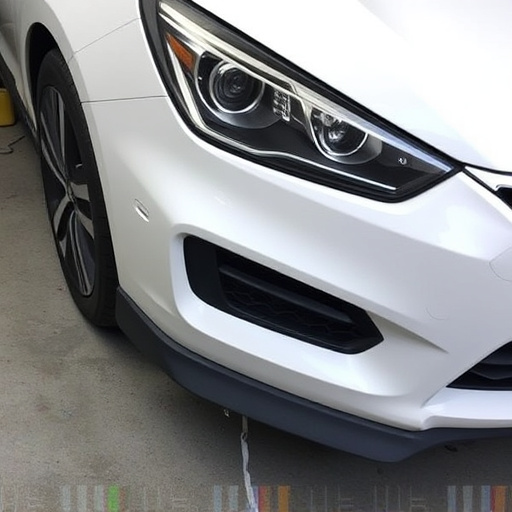
After a vehicle crash, skilled technicians conduct a comprehensive assessment to identify damage and…….
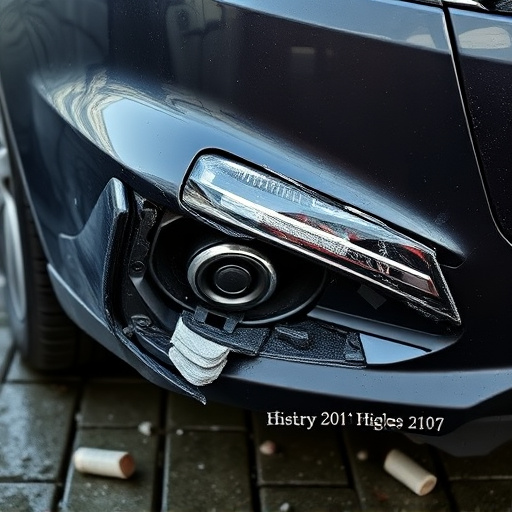
Choose crash repair shops with certified technicians skilled in modern car manufacturing and equippe…….
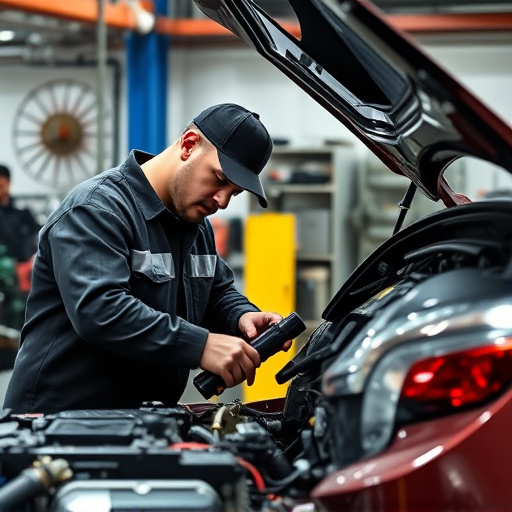
After a vehicle crash, conduct a thorough damage assessment and document it for insurance claims. Ga…….
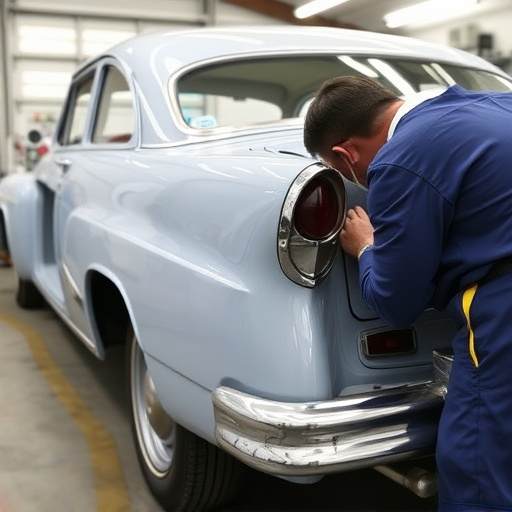
Modern vehicle crash repair techniques, including dent removal and structural fixes, offer swift, co…….
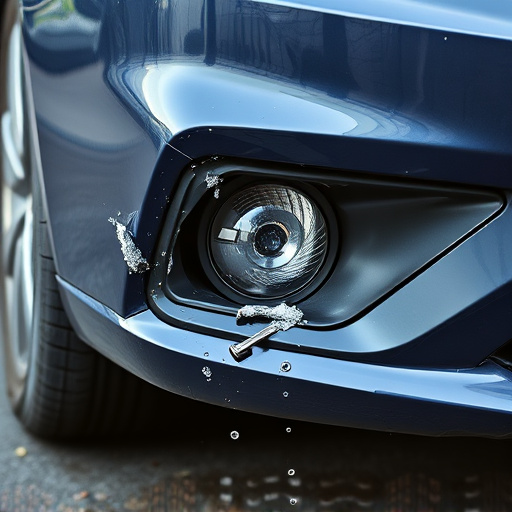
Before vehicle crash repair, conduct thorough assessments of damage and safety aspects, including ex…….
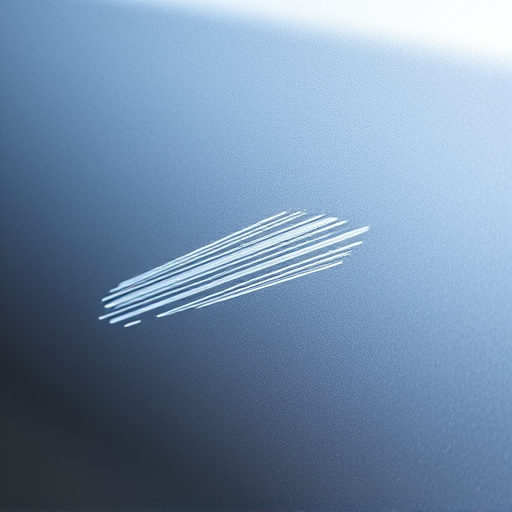
Vehicle crash repair significantly affects resale value, with minor crashes preserving most value an…….

Before engaging a collision repair center for vehicle crash repair, understand your insurance covera…….
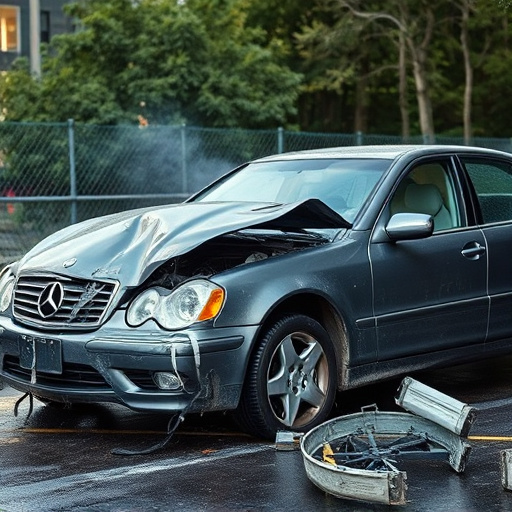
Vehicle crash repair is a meticulous multi-step process involving thorough assessments, advanced too…….